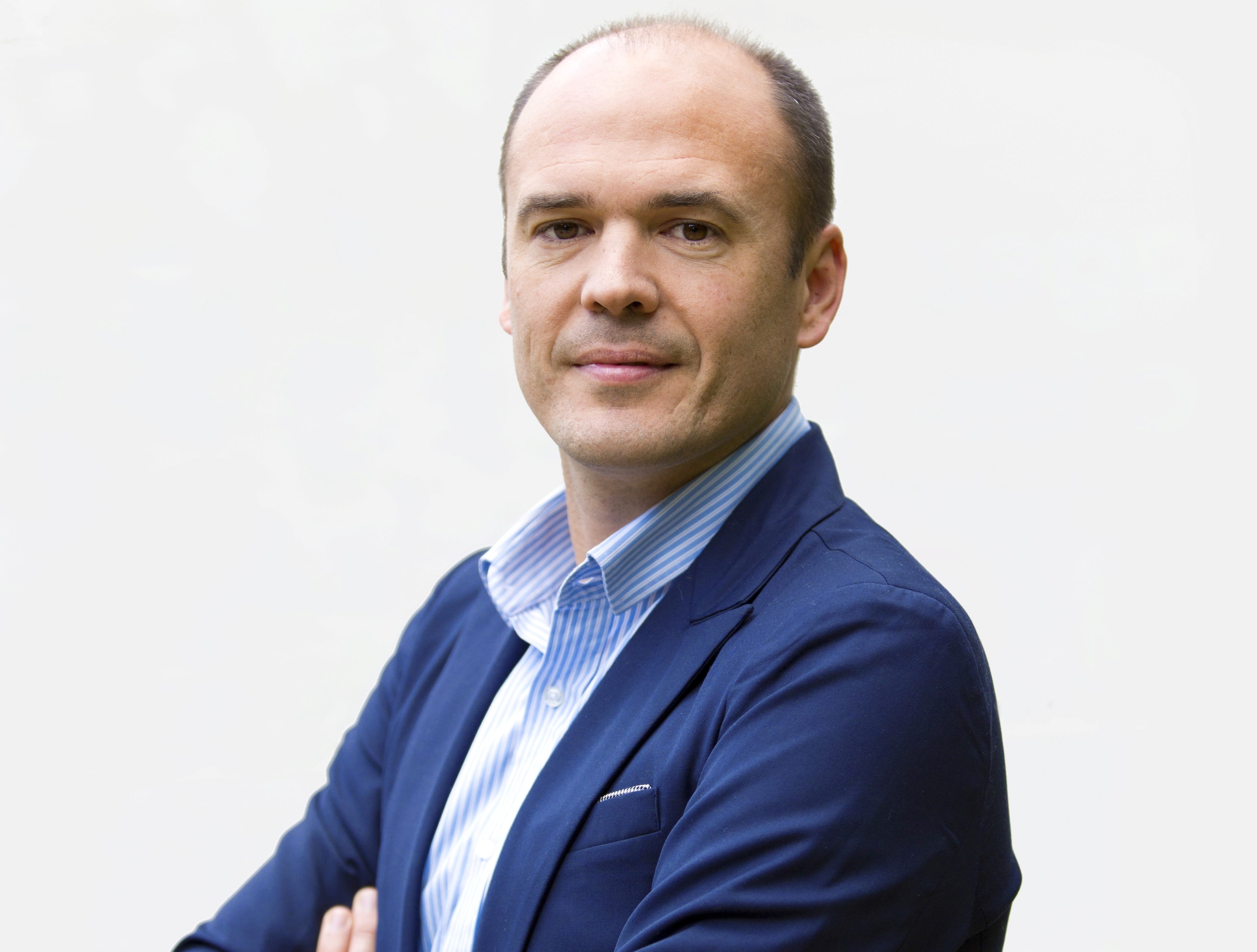News
Profile: John Rollier, head of real estate development at the BioPark
May 28th 2020
Candice Leblanc
Since February 2020, John Rollier has been in charge of helping develop the BioPark’s real estate. The overall goal is an ambitious one: build 40,000 m² on the Gosselies campus over the next decade. We have met with him.

The BioPark’s new construction projects have begun! The first building, iTech 6, will soon break ground. Its planned composition will be as follows:
- 6,000 m² of incubator space for spin-offs and start-ups,
- 8,000 m² of laboratories and technical facilities,
- 4,000 m² of office space,
- 2,000 m² dedicated to amenities (restaurants, cafeteria, lounges, etc.), including a 500-seat auditorium.
The first 10,000 m²—i.e. half of the new building’s surface—should open in January 2023.
A dual mission: design and market
This project is quite complex, from both a technical and financial perspective. This means John Rollier, head of real estate development for BioPark Dev (1), has two duties. ‘First, the use of the building’s surface must be considered with care’, he says. ‘This means striking a balance between the various types of space involved—laboratories, offices, amenities, etc.—based on both demand and the market’s actual needs.’ In the second phase, John Rollier will help BioPark Dev director Florence Bosco rent out the newly built spaces.
From Ghent to Shanghai
John Rollier is quite familiar with this kind of project. After studying civil construction engineering at UGent and UCLouvain, he completed a Master in Management at VUB Solvay Business School in the 2000s. He then spent several years in Asia, including in Shanghai where he oversaw the building of the Belgium–Europe pavilion at Expo 2010 in Shanghai. The 6,000-m² building was completed in just one year!
‘Working on this pavilion, I realized how much I enjoyed managing complex real estate projects’, he remembers. ‘In addition to requiring solid technical and financial skills, the projects I supervised during the past years (2) involved many players and decisions at multiple levels. This means that good horizontal communication is essential to achieving proper results.’
An entrepreneurial spirit
John Rollier is also an entrepreneur. Ten years ago, he founded a company specialized in backlit advertising displays (3). His entrepreneurial spirit means he likely has much in common with the future tenants of iTech 6. ‘It is important that the project remain focused on its future users, by anticipating their needs in terms of infrastructure and services. This can include, for instance, providing sufficient parking space.’ This will be a major draw for the 4,000 people (4) that the BioPark hopes to host by 2020.
Notes:
- A dedicated real estate investment company, Sodevimmo, was created to this end in July 2019.
- Design, budget and permits for the new R&D centre of agri-food conglomerate Cargill, IBM’s Twins data centre, etc.
- FyBox, market leader in Belgium, currently has six employees.
- A total of 2,200 people currently work at the BioPark.

 My biopark
My biopark


